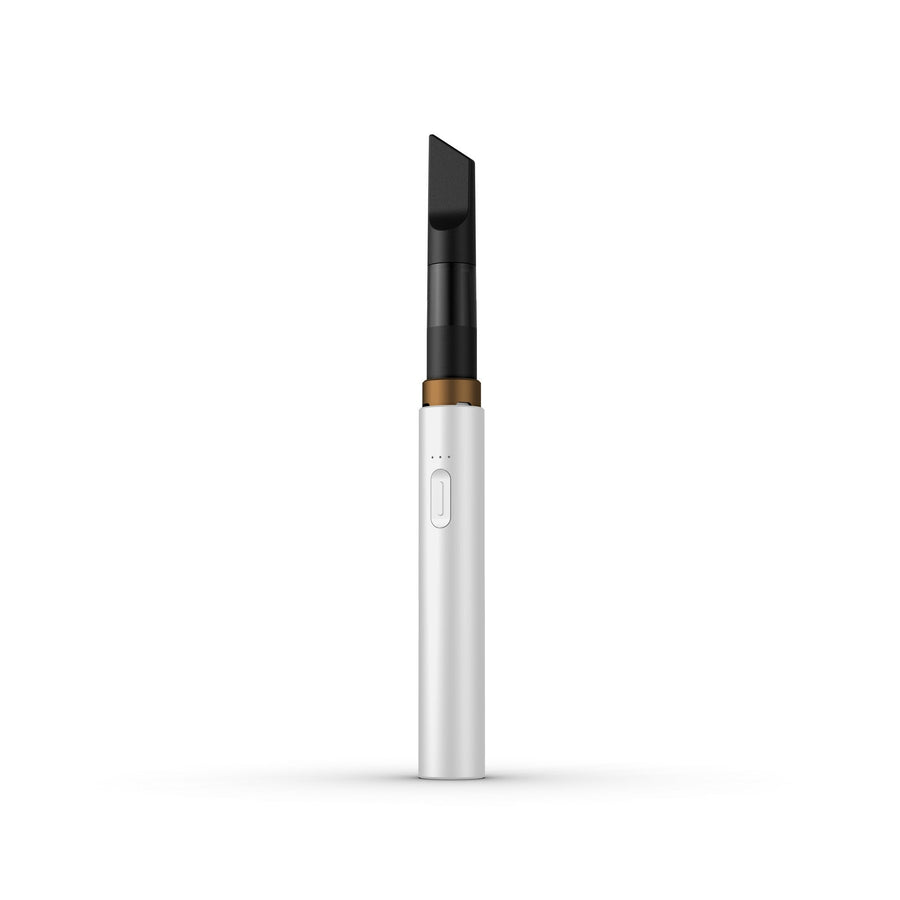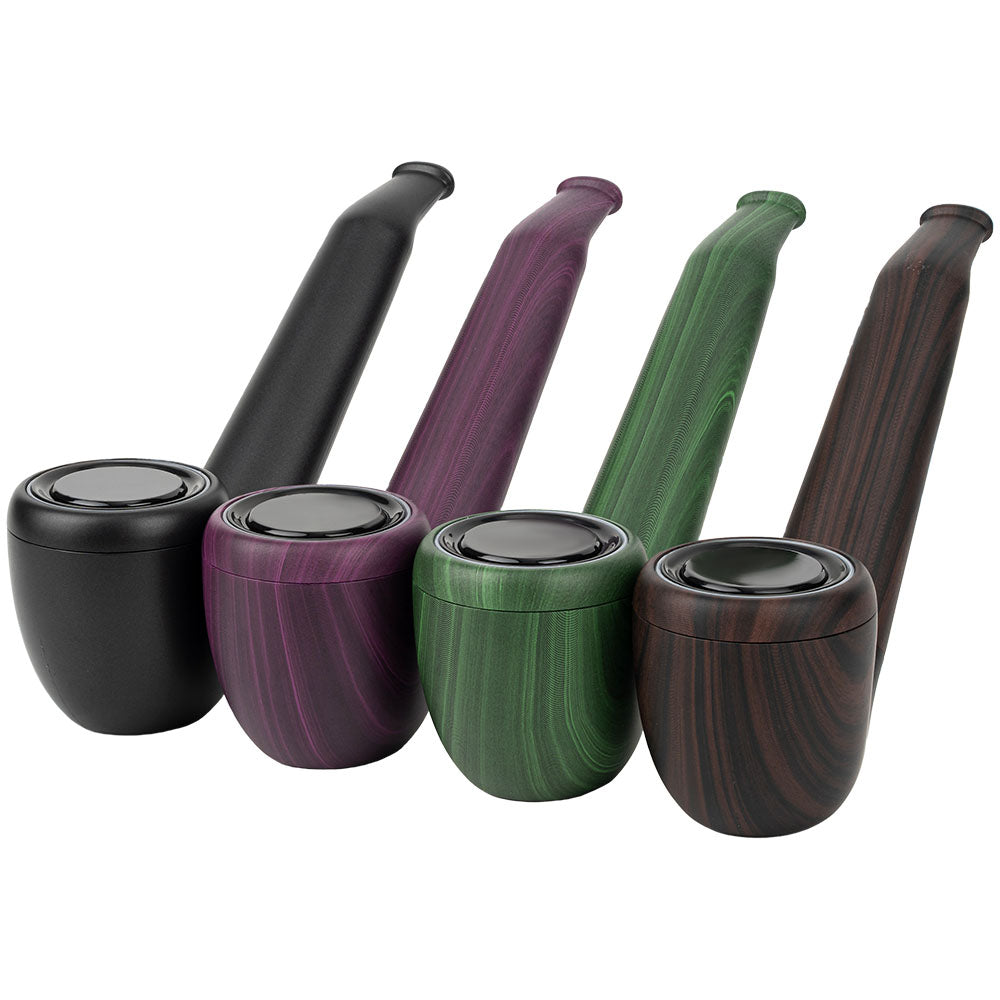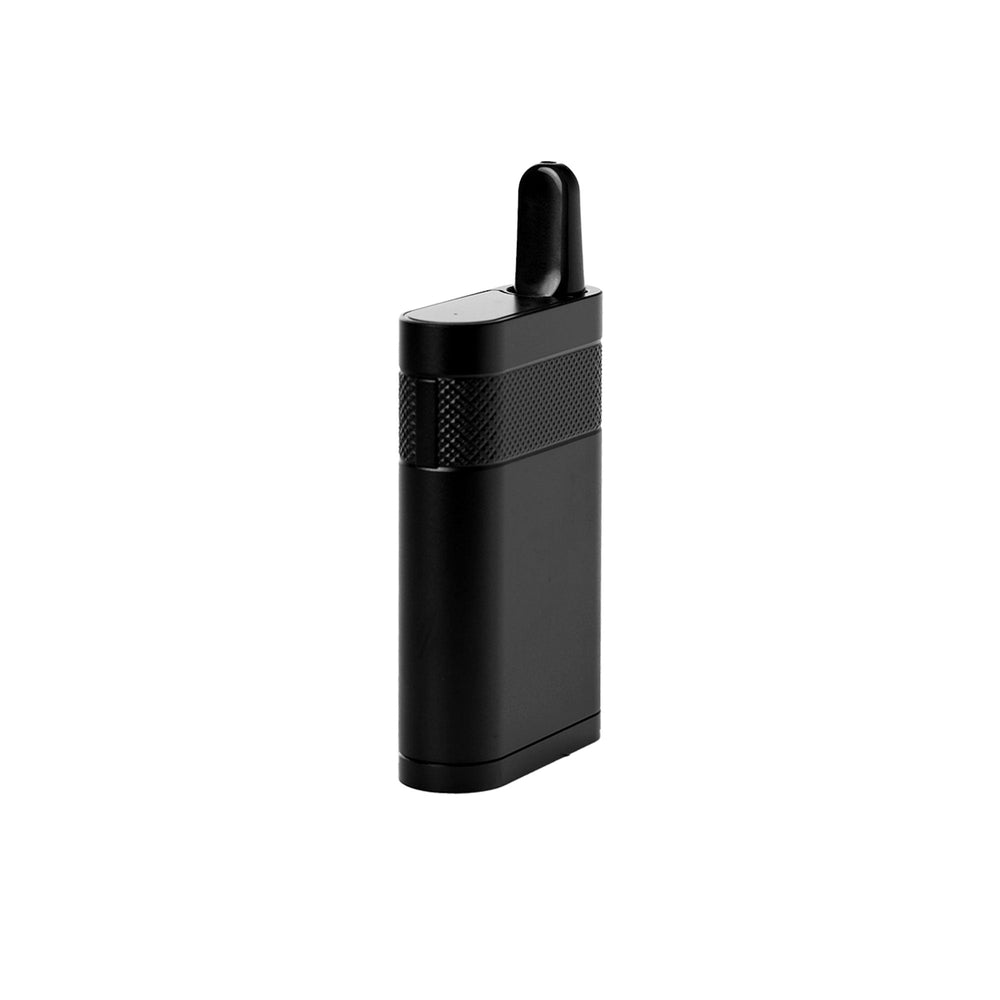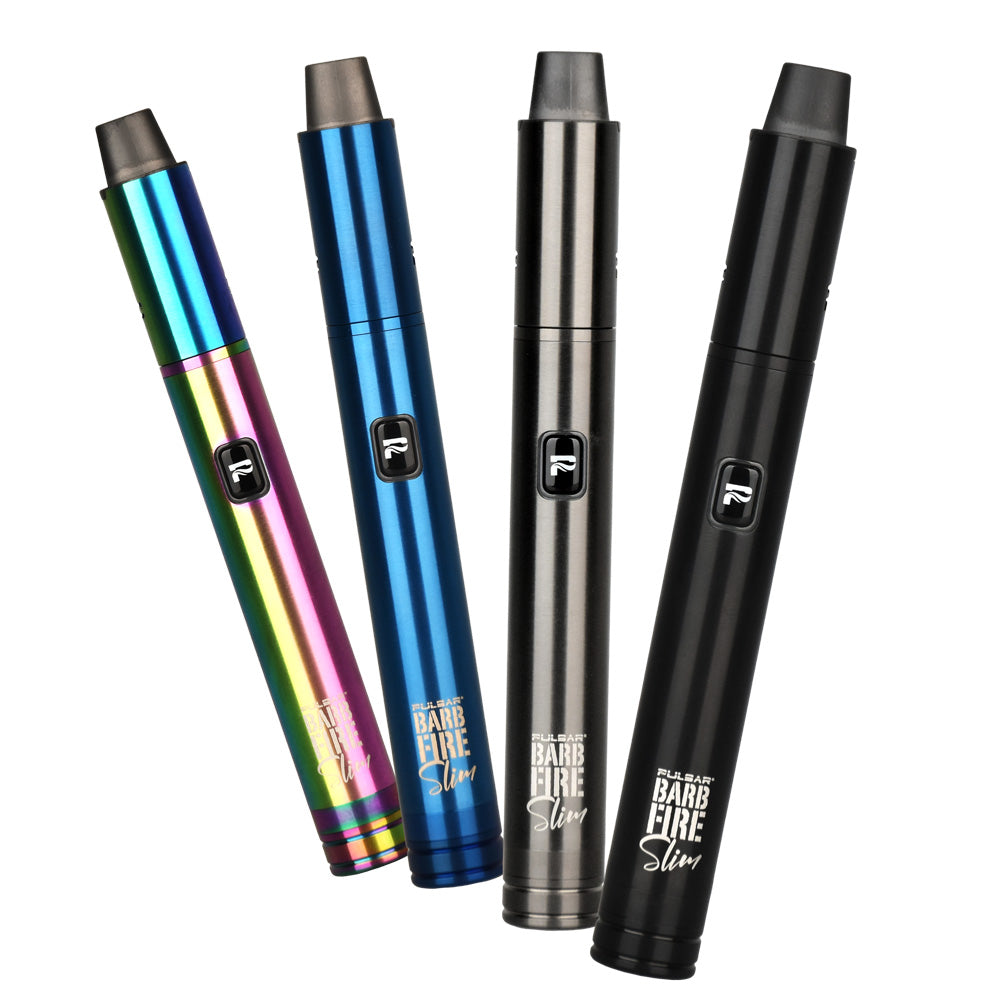How to Make A Gandalf Pipe: A Step-by-Step Guide for Beginners

Making your own Gandalf pipe can feel overwhelming for beginners. These long, elegant pipes are a favorite for fans of fantasy and smoking alike. This guide will break down the process into easy steps so anyone can craft their own.
Keep reading to learn how to make a Gandalf pipe!
Materials Needed
Gathering the right materials is key to crafting your Gandalf pipe. Each item plays a role in shaping and finishing your project.
Wood for the bowl and stem
Wood is a top choice for making Gandalf pipes. It’s durable, easy to work with, and offers a natural look. Materials like cherry, maple, or briar wood are common because they handle heat well without cracking.
Headshop.com often features wooden smoking products due to their quality and popularity. Wooden bowls create smooth experiences for users of Sherlock pipes, chillums, and similar accessories.
Stems made from the same type of wood ensure durability while keeping the design lightweight yet sturdy.
Drill and drill bits
Cutting and shaping the wood requires proper tools. A drill is essential to create holes for the tobacco chamber and airflow path. Use precision drill bits designed for woodwork, as they help prevent cracking or splintering.
Different hole sizes will be needed at different steps. For instance, a larger bit is used for carving out the bowl's chamber, while a smaller bit creates the stem hole. Ensure the drill bits are sharp and clean to avoid rough edges inside the pipe.
A steady hand combined with accurate tools makes all the difference in crafting a smooth finish.
The right tools turn any project into an art piece.
Sandpaper (various grits)
Sandpaper with different grits is key for crafting a smooth Gandalf pipe. Coarse grits, like 60 or 80, help shape rough edges quickly. Finer options, such as 220 or higher, refine the surface for a polished finish.
Switching between grits ensures the wood feels smooth and ready for use.
The sanding process removes splinters and evens out texturing on both the bowl and stem. It also makes the pipe safe and easy to handle. Using sandpaper correctly creates that clean look perfect for a custom piece while highlighting natural wood patterns beautifully.
Wire coat hanger or metal rod
A wire coat hanger or metal rod can help beginners shape their Gandalf pipe. These materials are cheap and easy to find, making them ideal for first-time projects. Straighten the hanger or cut a metal rod to match the stem’s length.
Use it as a guide when drilling an airflow hole through the wood.
The durable nature of these metals ensures smooth crafting without bending too easily. They also add stability if used within the pipe’s structure. Both options work well for shaping curves in longer stems, giving your DIY project that iconic Gandalf look!
Wood glue or epoxy
Wood glue or epoxy holds the bowl and stem together during assembly. These adhesives bond wood securely, creating a long-lasting connection. Epoxy works well for stronger joints, while wood glue is less messy and cures faster.
Both options provide solid results depending on your preference.
Apply either adhesive carefully to avoid excess spillage. Allow it to fully cure before handling; this ensures a tight seal without weakening over time. Once bonded, you’re ready to sand and smooth everything out for the next step!
Twine or optional decorations
Twine or other embellishments can give a Gandalf pipe a personal touch. Wrap twine tightly around the stem for grip or style, securing it with glue. Choose natural-colored twine for a rustic look, or use dyed versions for more vibrant designs.
Add small accessories like beads or charms to enhance its appearance. These adornments can slide onto the twine before wrapping, creating unique visuals. For bolder customization, paint sections of the wood with safe finishes in earthy tones to match your vibe.
Decorations allow users to make their pipe uniquely theirs while enjoying both function and beauty!
Step 1: Crafting the Bowl
Start with a solid block of wood and shape it into the bowl. Focus on creating smooth edges for comfort and style.
Select and shape the wood for the bowl
Pick a hardwood like briar, maple, or cherry. These woods handle heat well and last longer. Softwoods can burn too fast and ruin the experience. Look for wood without cracks or knots to avoid weak spots.
Cut a block large enough for shaping the bowl. Use carving tools to shape it into a round or oval design that fits comfortably in hand. Keep the walls thick enough to prevent overheating but thin enough for easy handling.
Drill the tobacco chamber
Use a drill bit slightly smaller than the desired size of the chamber. This ensures you can adjust later if needed. Hold the wood steady to avoid crooked drilling. Drill straight down into the center of the bowl piece, stopping at about 1 inch deep for enough space to pack tobacco properly.
Check that the chamber is smooth and even after drilling. Sand inside the hole carefully using rolled-up sandpaper for a clean finish. A clean chamber provides better airflow and makes smoking more enjoyable.
Smooth the edges and interior
Sanding the edges and interior of the bowl is key. A smooth surface helps airflow stay steady and heat spread evenly. Rough spots can cause clogging or harsh hits, so they must go.
Start with coarse-grit sandpaper to remove bumps. Move to finer grits for a polished finish. Aim for a sleek feel that won’t irritate fingers when held. This step also improves looks while keeping the pipe easy and enjoyable to use.
Step 2: Making the Stem
Shape the stem carefully, ensuring it’s smooth and ready to connect, this part brings character to your pipe!
Choose a durable material for the stem
A strong material is key for the stem’s durability and longevity. Glass works great because it resists heat, looks sleek, and cleans easily. Wood gives a classic look but needs extra care to prevent wear over time.
Acrylic is lightweight and cheap, though it might not handle high temperatures as well as glass or metal.
Heat resistance matters too. Smoking pipes get hot during use; weak materials can warp or crack. Metal stems are another option since they resist heat well and last long but may feel less comfortable on the lips than other materials.
Drill a hole through the stem for airflow
Drill straight through the stem using a small drill bit. This hole is crucial for proper airflow, which impacts the pipe's functionality and smoking experience. Ensure the drill aligns perfectly to avoid crooked airflow paths.
Use steady hands while drilling to protect the stem’s shape. A clean hole improves tobacco burning and draws smoke smoothly through the pipe, enhancing its performance.
Sand the stem for smoothness
Sanding the stem creates a smooth, polished surface. Start with coarse sandpaper to remove rough edges and imperfections. Gradually switch to finer grits for better precision and comfort.
This process refines shaping and ensures proper airflow through the stem.
A well-sanded stem improves ergonomics during use. It feels comfortable in hand while allowing secure attachment to the bowl. Consistent sanding helps avoid uneven spots that might disrupt airflow or irritate skin during handling.
Aim for a flawless finish before moving forward with assembly.
Step 3: Attaching the Bowl and Stem
Line up the bowl and stem so they fit snugly. Use strong adhesive to keep them securely connected.
Align the bowl and stem properly
Place the stem and bowl so they connect tightly. A proper alignment ensures smooth airflow while you smoke. Misalignment can mess up the seal, making smoking less efficient.
Use glue or epoxy to secure both parts firmly. Make sure the joint stays strong to prevent it from disconnecting later. A well-aligned pipe improves your smoking experience every time.
Secure them using glue or epoxy
Apply a strong adhesive, like glue or epoxy, to connect the bowl and stem. Ensure the parts align perfectly before bonding them. Use enough adhesive for durability but not so much that it oozes out.
Allow ample curing time for maximum strength; this may take a few hours to overnight depending on the product used. A good bond prevents disassembly during use and improves quality.
Finish attaching securely, then move on to adding final touches for style and protection.
Step 4: Finishing Touches
Smooth the entire pipe to bring out its natural beauty. Add personal touches to make it truly one-of-a-kind.
Sand the entire pipe for a polished look
Sanding gives the pipe a smooth texture and polished finish. Use fine-grit sandpaper to remove rough spots or uneven surfaces. Start with medium grit to refine the shape, then switch to finer grits for smoothing and buffing.
Polish every part, including small edges, until it feels sleek. This process improves luster and prepares the surface for coating. A well-sanded pipe offers better gloss and a comfortable feel in hand while enhancing its overall appearance.
Add optional decorations or twine wrapping
Twine wrapping adds texture and gives the pipe a rustic vibe. Natural jute or hemp twine works well for this look. Wrap it tightly around the stem or bowl, using a bit of wood glue to hold it in place.
This also helps with grip while smoking.
Decorations like beads, small stones, or paint can make the pipe stand out. Some might string beads onto the twine before wrapping for extra flair. Others may prefer hand-painting patterns on the wood to match their style.
These touches add personality and create a unique design.
Apply a protective finish to the wood
After wrapping the pipe with twine or decorations, it's time to protect the wood. A good finish keeps moisture out and guards against damage. Oils like linseed or tung soak into the wood and add durability.
Lacquers and sealants can create a shiny, smooth surface for extra style.
Apply the coating evenly using a brush or cloth. Let it dry completely before adding more layers for better protection. Finishing preserves the pipe and improves colors and grain patterns, giving it an appealing look that lasts longer with proper care.
Exploring Gandalf Pipes Collection
Headshop.com offers an impressive Gandalf pipe collection. These pipes stand out for their long stems and unique artistry, making them ideal for both beginners and enthusiasts. They are grouped with other specialty styles like Sherlock pipes and chillums, showcasing variety in the smoking culture.
The site works with over 450 trusted brands to ensure high-quality options. Each pipe reflects artisan craftsmanship suited for herbal or tobacco use. Wholesale supplies are also available, perfect for retailers seeking reliable stock.
Explore the finishing touches of your own crafted design while learning maintenance tips next!
Tips for Using Your Gandalf Pipe
Keep your pipe clean, smoke gently, and enjoy the smooth vibes, see how to care for it here.
Proper cleaning and maintenance
Clean your Gandalf pipe regularly to ensure a smooth smoking experience. Use proper cleaning tools like pipe cleaners or small brushes, available at Headshop.com, to remove residue from the stem and bowl.
Warm water can help loosen dirt, but avoid soaking wooden parts for too long.
Dry the pipe completely before using it again. For deeper cleaning, rubbing alcohol works well on metal or glass sections but is not safe for wood. Check all parts for damage during maintenance and fix cracks with epoxy if needed.
Taking care of your tobacco pipe improves hygiene and extends its life.
Recommended materials for smoking
A clean Gandalf pipe needs quality smoking materials for the best experience. Choose natural tobacco or herbal blends that suit your taste. Avoid harsh chemicals by picking pure, organic options.
Pack the bowl lightly with your favorite material to keep airflow smooth. Use a good lighter or matches for even burning. An ashtray nearby helps manage ashes easily during use. Always choose clean-burning choices like charcoal when needed for an enjoyable session free from harmful residues.
Conclusion
Crafting a Gandalf pipe is a fun and creative hobby. It’s simple enough for beginners but leaves room to get artistic. With some basic tools and patience, anyone can make their own unique piece.
Once finished, enjoy the handmade charm of your long-stemmed masterpiece!
FAQs
1. What materials do I need to make a Gandalf pipe?
You will need wood for the pipe bowl, a long stem (often made of wood or metal), sandpaper, a drill, and non-toxic finishes or sealants.
2. How do I shape the bowl for the Gandalf pipe?
Start by carving your chosen wood into the desired bowl shape using basic woodworking tools. Sand it smooth and drill a hole through the center for airflow.
3. Can beginners create a functional Gandalf pipe easily?
Yes, with patience and simple tools, beginners can follow step-by-step instructions to craft a working Gandalf pipe that looks great too.
4. Are there safety tips when making a Gandalf pipe?
Always use non-toxic materials and finishes since you’ll be smoking from it later. Work in a well-ventilated area while sanding or drilling to avoid inhaling dust particles.


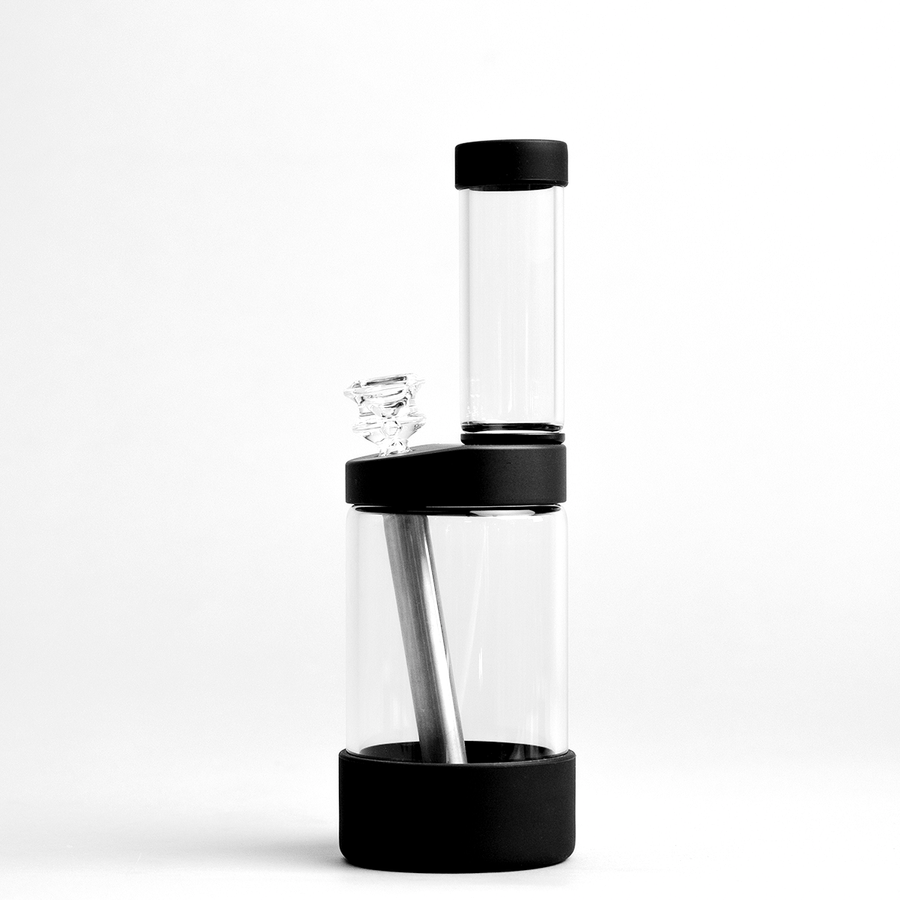
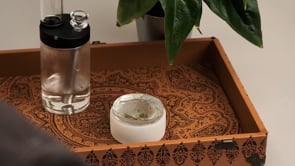


![Vessel Helix Pipe [Copper] - Headshop.com](http://www.headshop.com/cdn/shop/files/ad3c0443-b76d-4fe5-84b8-a617dd50a950.jpg?v=1747419387&width=900)
![Vessel Helix Pipe [Copper] - Headshop.com](http://www.headshop.com/cdn/shop/files/7b0e06e3-9106-4684-80e4-408362c34085.jpg?v=1747419388&width=1000)
![Vessel Wood Vape Pen Battery [White/Beechwood] + - Headshop.com](http://www.headshop.com/cdn/shop/files/4ecd5d0f-363a-454e-a7a0-229fb93bf456.jpg?v=1725470645&width=900)
![Vessel Wood Vape Pen Battery [White/Beechwood] + - Headshop.com](http://www.headshop.com/cdn/shop/files/d232e493-09e6-4574-b44c-3e2bde9425b4.jpg?v=1725470647&width=1000)


![Vessel Compass Apex Charger [Black] - Headshop.com](http://www.headshop.com/cdn/shop/files/f10e6bf4-6ce7-4a59-a50e-a4184f069754.jpg?v=1729115238&width=900)
![Vessel Compass Apex Charger [Black] - Headshop.com](http://www.headshop.com/cdn/shop/files/dce98c70-346c-405f-aca8-d59c7feed96d.jpg?v=1729115240&width=1000)


![Vessel - Helix [Black] Vessel - Helix [Black]](http://www.headshop.com/cdn/shop/files/Helix_Black_Front_1.jpg?v=1744308128&width=600)
![Vessel - Ember [Gold] Astray Vessel - Ember [Gold] Astray](http://www.headshop.com/cdn/shop/files/20220106_EMBER_BRASS.jpg?v=1744309601&width=600)

![Vessel Helix Pipe [Black] Vessel Helix Pipe [Black]](http://www.headshop.com/cdn/shop/files/Pipe_Black_Angle.jpg?v=1744306153&width=600)
![Vessel Pipe [Maritime] Vessel Pipe [Maritime]](http://www.headshop.com/cdn/shop/files/Pipe_Blue_Closed_982a0d7d-3acb-48ed-96ce-76b7acbe3677.jpg?v=1744306295&width=600)
![Vessel Element Hand Bubbler [Black] Vessel Element Hand Bubbler [Black]](http://www.headshop.com/cdn/shop/files/Element-Product-Listing-Images2.jpg?v=1744306952&width=600)
![Vessel Pipe [Maritime] - Headshop.com](http://www.headshop.com/cdn/shop/files/Pipe_Blue_Closed_982a0d7d-3acb-48ed-96ce-76b7acbe3677.jpg?v=1744306295&width=900)
![Vessel Pipe [Maritime] - Headshop.com](http://www.headshop.com/cdn/shop/files/Pipe_Blue_Open_d28f56b9-f5af-45fe-9636-ae8f20aec6f3.jpg?v=1744306297&width=1000)
![Vessel - Helix [Maritime] - Headshop.com](http://www.headshop.com/cdn/shop/files/Helix_Maritime_Front_1.jpg?v=1744307885&width=900)
![Vessel - Helix [Maritime] - Headshop.com](http://www.headshop.com/cdn/shop/files/Helix_Maritime_Front_2.jpg?v=1744307928&width=1000)
![Vessel Pipe [Emerald] - Headshop.com](http://www.headshop.com/cdn/shop/files/231c9f1f-11ba-4db3-aa3d-29b786d02e7f.jpg?v=1744745505&width=900)
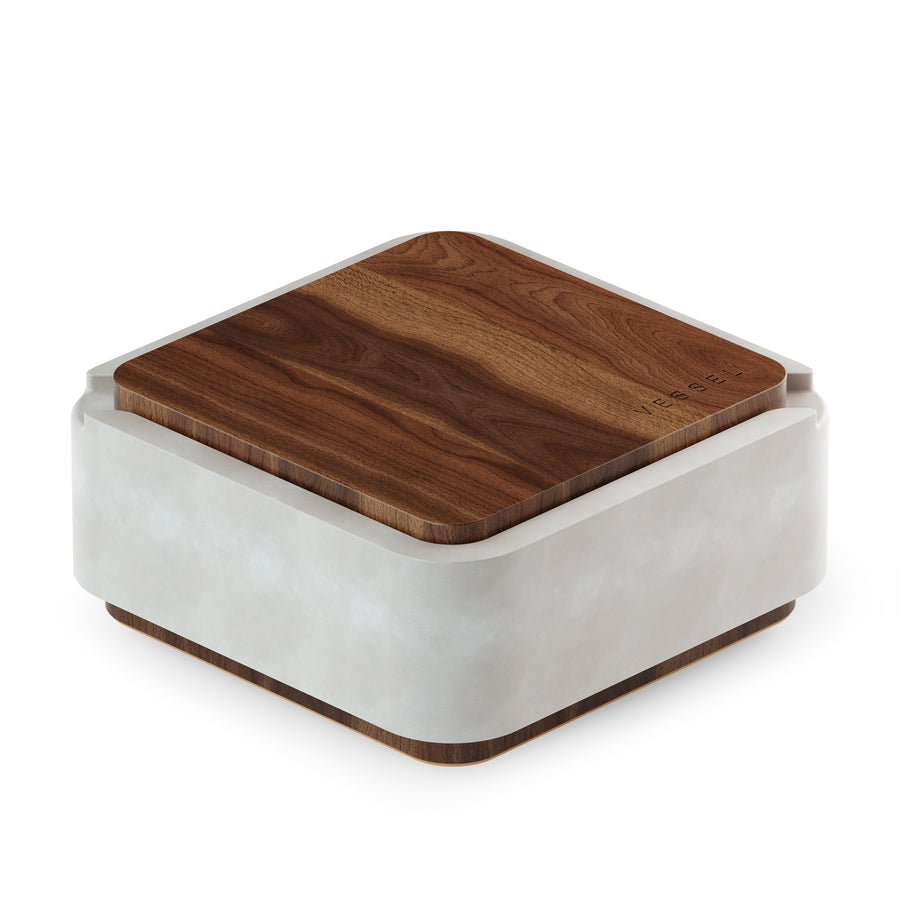
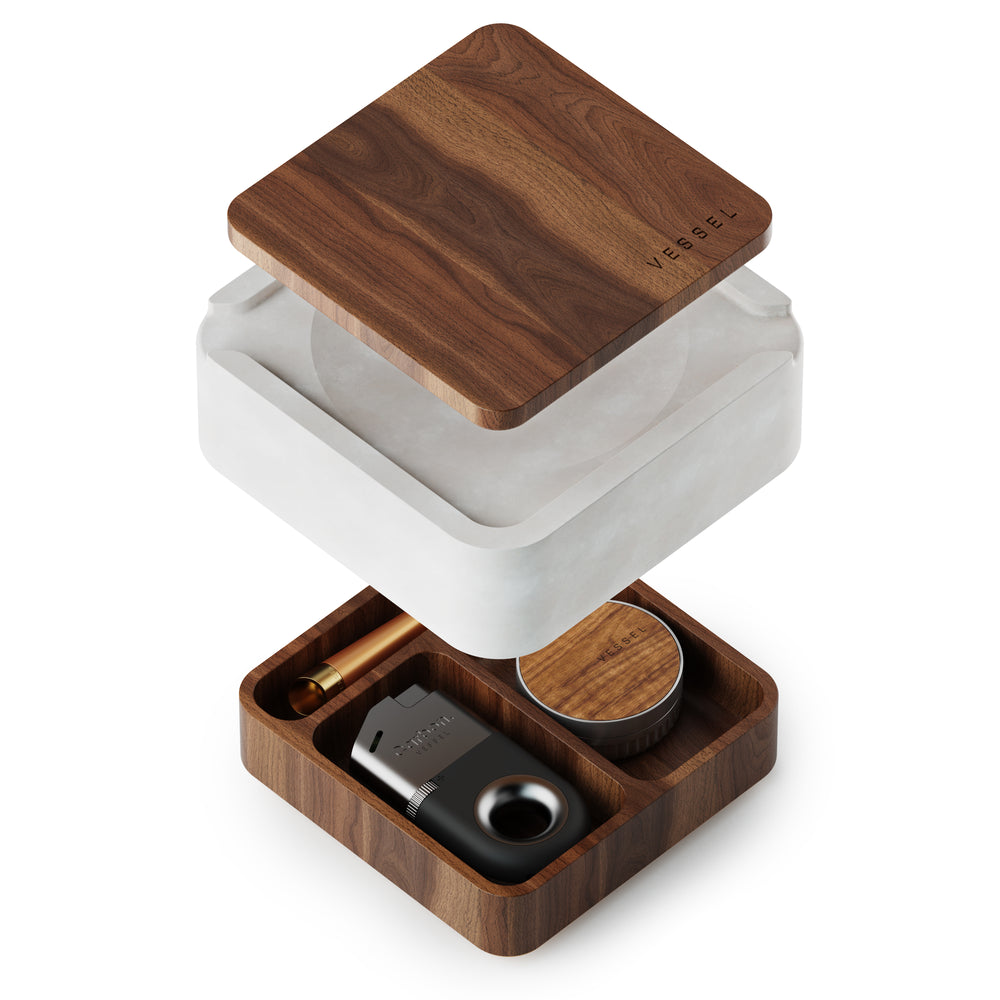
![Vessel Compass Rise [Obsidian] - Headshop.com](http://www.headshop.com/cdn/shop/files/631009c0-e68c-4238-9a63-73f14dd1117f.jpg?v=1717545548&width=900)
![Vessel Compass Rise [Obsidian] - Headshop.com](http://www.headshop.com/cdn/shop/files/a12c8ff4-4bee-4dc9-b697-542f6130e46e.jpg?v=1717609092&width=1000)
